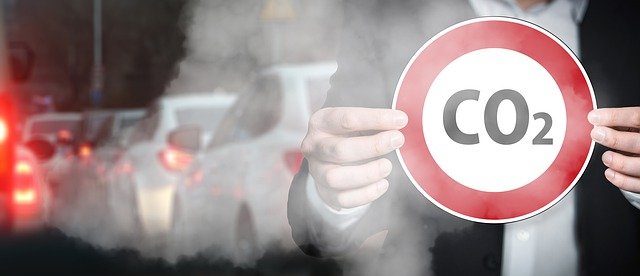On the one hand, there are positive steps to achieve net-zero emissions by 2050. The EU’s green rules and climate change are important factors in achieving this. Still, one such positive trend is more and more investors becoming actively interested in the green transition. For instance, there is a clear surge of interest in cars. An example is shares in Tesla rising by 50% in 2021. Similarly, china’s battery giant, Catl had a shares increase of 68%.
However, there are yet more ways to go. After all, investment has to improve much more to reach the $5trn a year mark needed to achieve net-zero emissions.
Eu’s Green Rules
How ‘green’ are your business activities? This can soon be the important criterion that can determine the influx of capital from markets.
On December 31st, the European Union circulated its latest and long-awaited proposal. Specifically, The Union has set up a new labeling system – or taxonomy. In effect, this system sorts an economy into activities considered environmentally sustainable. Examples of activities considered include the installation of heat pumps and the anaerobic digestion of sewage sludge.
Ultimately, firms are to use the labeling system to disclose the share of their activities that qualify as green.
Some Positives from the Proposal
First, classifying nuclear energy as green seems sensible. Although the label is subject to certain conditions such as the safe disposal of toxic waste, it is a critical step towards achieving net-zero.
Second, labeling natural gas as green though controversial seems a realistic assessment. After all, current indications are that it will turn out as an important fuel in the next 10 years. Moreover, gas projects are deemed green if they are used to replace dirtier fossil fuels. Furthermore, they should have plans to switch over to cleaner energy sources in the next decade.

Demerits of the Proposal
The labeling may just be too simplistic in nature. Likewise, the classification may be too static. After all, evolving changes in technology can reduce the carbon intensity of some activities. Consequently, there may be inventions the classifiers have not projected for.
Possible Next Steps…
For the proposal to be effective, tracking of carbon emissions of business portfolios of investors should be the aim. Surely, firms and funds that can quickly reduce their footprint can have a great impact.
In this scenario, investors should be able to track emissions without repeating counts. Although there is a new global green-disclosure body, its implementation needs to be sped up.

More so, investors should be incentivized to be green. That is to say, the EU should use carbon pricing to change the process of capital allocation. This can help mitigate the trend of investors privately owning polluting assets because they are profitable. More so, they can think of something that benefits the environment beyond just focusing on business growth.
To Wrap It Up
Certainly, while EU’s green rules and climate change are good considerations, all businesses can do their part to go green in their activities. Having a green rules labeling system for climate change is a remarkable step in the right direction. More care should simply be taken in its implementation.





